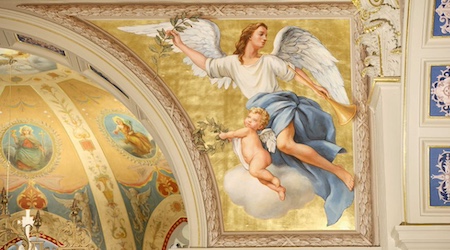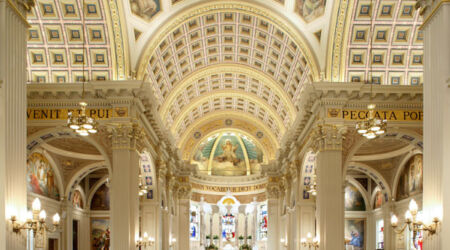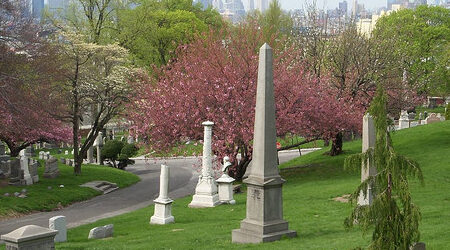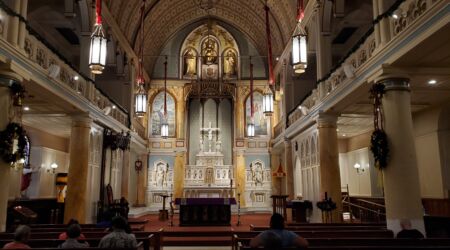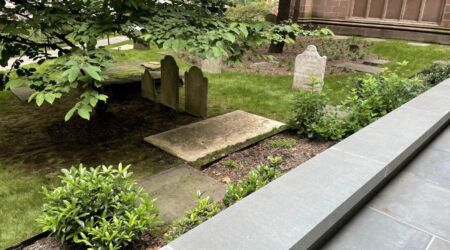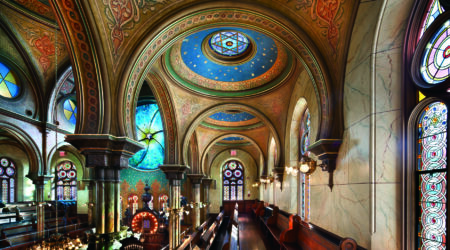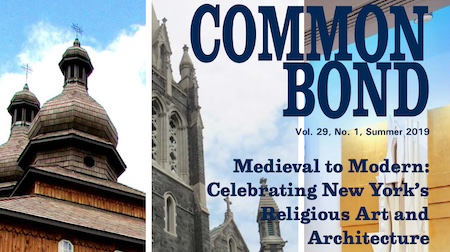As Halloween, the Feast of All Saints, and the Feast of All Souls approach, we commemorate those who have passed.
The Celts of ancient Britain and Ireland first celebrated November 1 as the beginning of winter and the start of the new year. The souls of those who had died were believed to return to visit their homes, and those who had died during the year were believed to transcend to the otherworld. Bonfires on hilltops should frighten away evil spirits and people sometimes wore masks and other disguises to avoid being recognized by the ghosts.
As some of these traditions continue on, commemorative art is a way to facilitate both mourning and celebration. To find personal commemorative works, we often only need to look around: our seat at the theater or the bench we’re sitting on at the park may display the name of someone who loved the very thing we are enjoying then and there. How extraordinary that a transcendent moment of drama or repose could be gifted to you by someone in the past. We are surrounded by these gifts, but of course, most of them don’t have or need plaques. The bells in the steeple, the wildflower garden, or the very beams holding up the walls of a library given in memory.
“Great commemorative works are meaningful in an immediate way to those who mourn the specific loss, as well as those separated from the honoree(s) by space and time. They are gifts of gratitude that can teach, heal, delight, and invite for generations to come.”
Emily Sottile, Director of the Sacred Space Studio
The act of crafting or commissioning a work of commemoration can be deeply healing. The process is emotional but it bears gifts. It asks those involved in the act of commemoration to mediate on the legacy of the departed and offers the opportunity to share the beauty of the life mourned in hopes that the best parts of it will be magnified.

